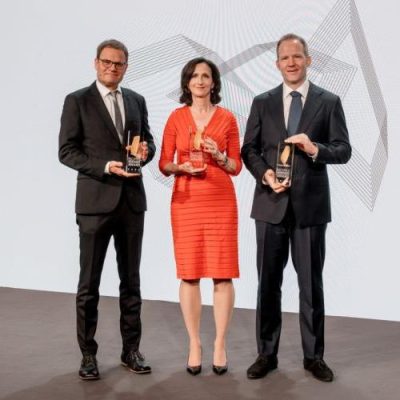From ChatGPT to advanced industrial design AI tools, companies in every industry are turning to generative AI to cut costs and increase productivity. But in the rush to become early adopters, they often leave workers out of the conversation — a dangerous oversight for both workers and the organization’s bottom line.
Drawing on interviews with AI developers, business leaders, labor leaders, and policymakers, a new report spearheaded by the MIT Sloan School of Management offers organizations a roadmap to integrate worker voice to maximize generative AI’s benefits.
“Technologies do not develop deterministically; they are the product of the organizations and people that use them,” said Thomas Kochan, the George Maverick Bunker Professor of Management, Emeritus at MIT Sloan. “Research demonstrates that when employees are involved in the development and implementation of new technological tools, it can lead to more effective tools, improved job quality, and increased productivity.”
Kochan’s co-authors are Ben Armstrong who co-leads MIT’s Work of the Future initiative; Julie Shah, the H.N. Slater Professor of Aeronautics and Astronautics at MIT who leads the Interactive Robotics Group at MIT’s Computer Science and Artificial Intelligence Laboratory (CSAIL); Emilio J. Castilla, the NTU Professor of Management and professor of Work and Organization Studies at MIT Sloan; Ben Likis, MIT Sloan MBA ‘24; and Martha Mangelsdorf, director of strategic communications at MIT’s Institute for Work and Employment Research.


